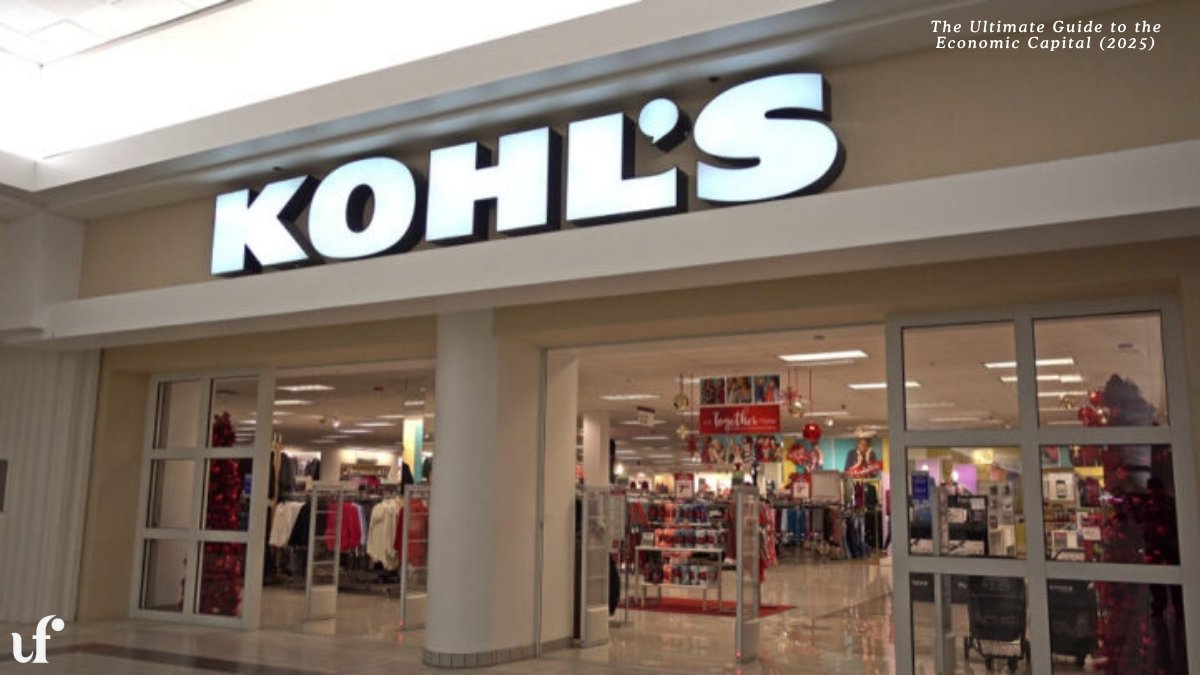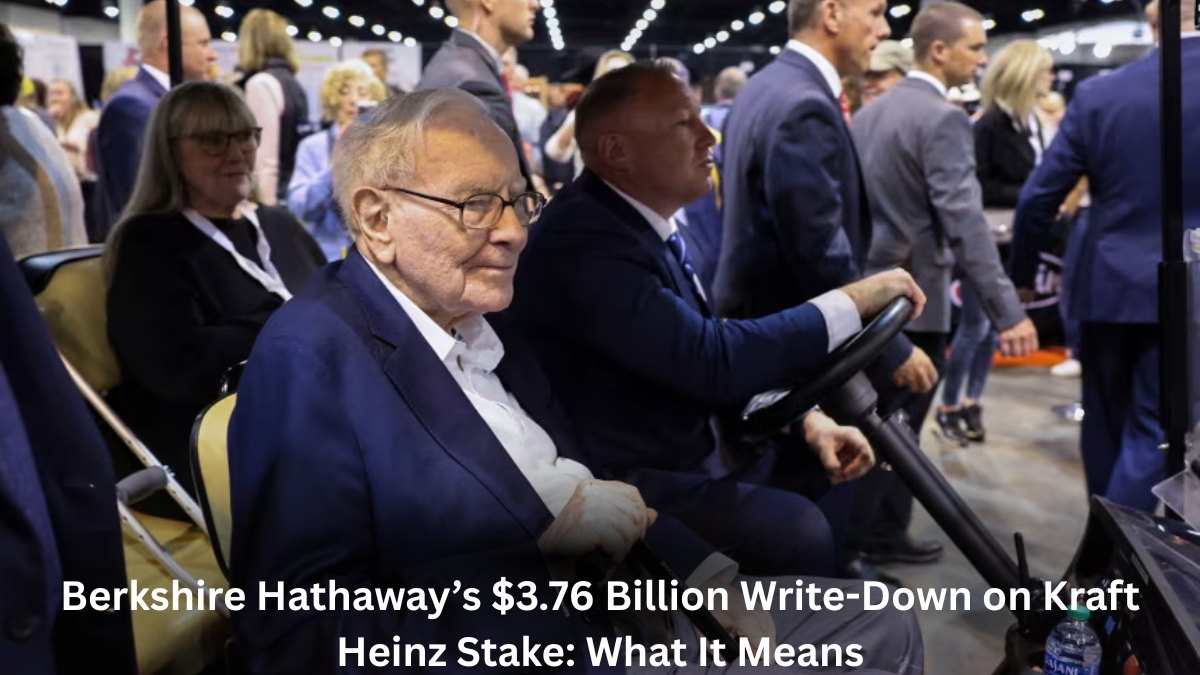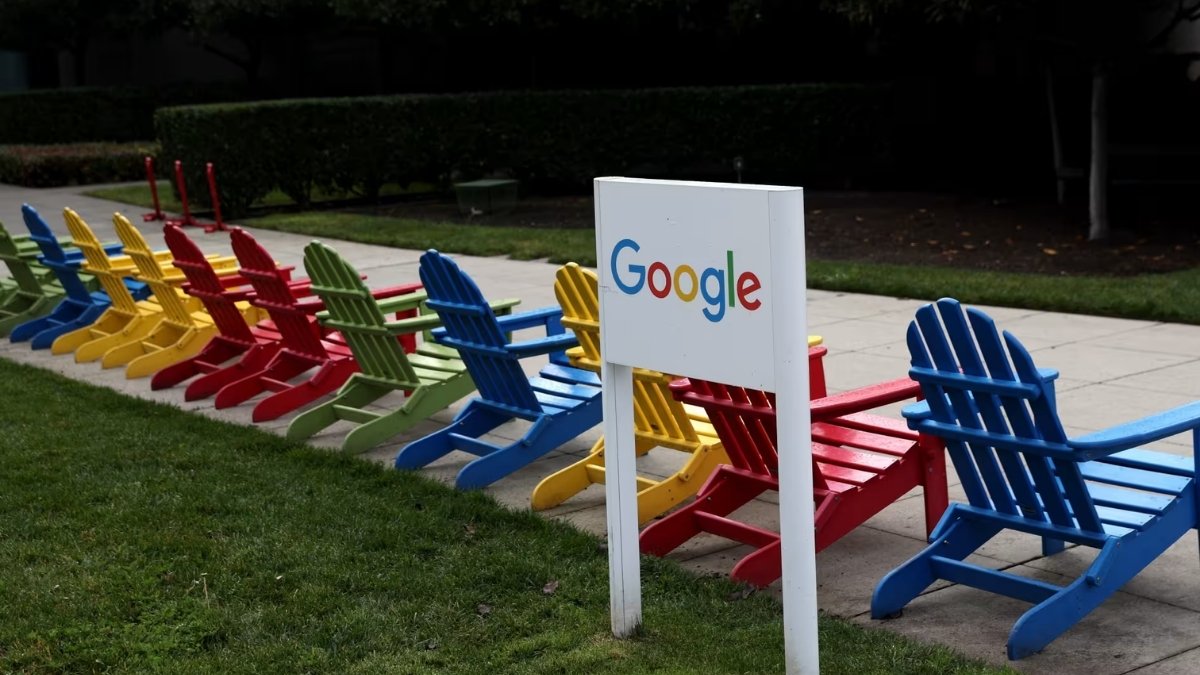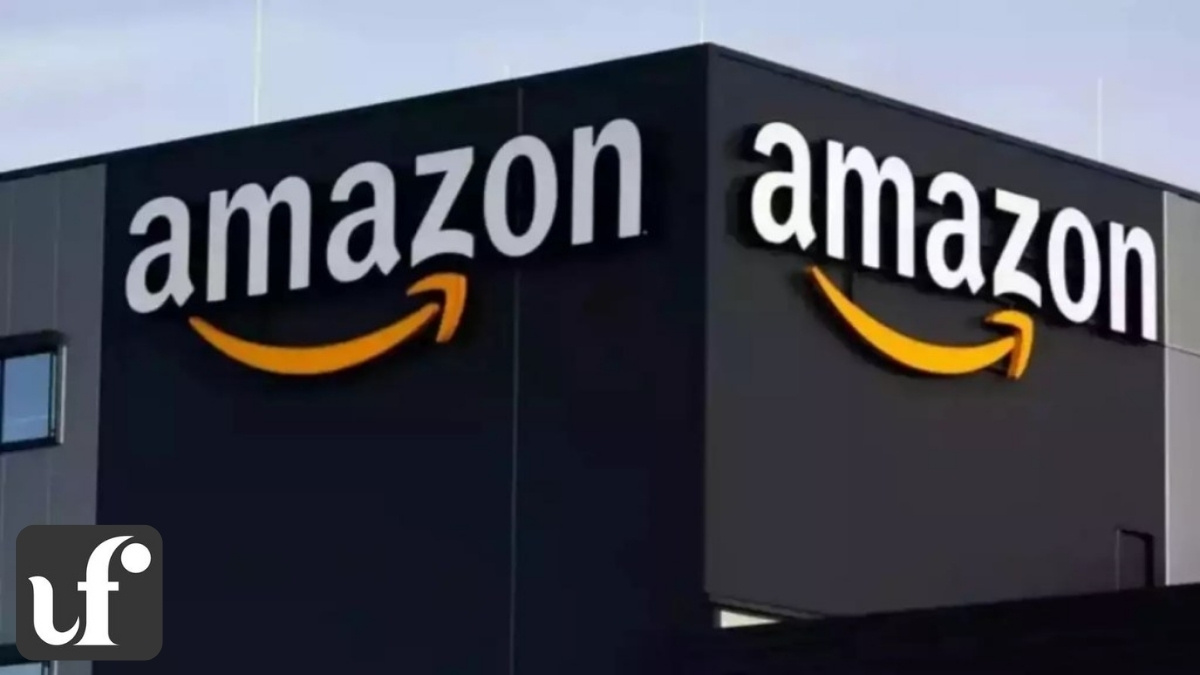The kss stock roller-coaster has whiplashed even the most seasoned investors. One week it sinks to a 52-week low near $7.76, the next it rockets more than 60% on a Reddit-fueled short squeeze. If you are torn between fear of missing out and fear of getting burned, you are not alone. This comprehensive guide cuts through the noise with data-driven insights, plain-English explanations, and actionable takeaways. By the end, you will understand what is really moving Kohl’s Corporation (NYSE: KSS), how to evaluate its prospects, and whether the stock deserves a place in your 2025 portfolio.
Table of Contents
What Is Kohl’s Corporation?
Founded in 1962 and headquartered in Menomonee Falls, Wisconsin, Kohl’s operates more than 1,100 department stores across the United States. It targets middle-income families with a mix of national brands and exclusive private labels, augmented by partnerships such as Sephora-inside-Kohl’s and Amazon return kiosks. Despite its 60-year legacy, the company faces stiff competition from off-price chains, big-box retailers, and e-commerce specialists—forcing management to rethink store size, product mix, and digital strategy.
2025 Performance Snapshot
| Metric | Latest Reading | Year-ago Reading | Trend |
|---|---|---|---|
| Share Price (July 21, 2025 close) | $10.42 | $19.00 ≈ | −45% YoY |
| 52-Week Low | $7.76 | n/a | New low set April 2025 |
| 52-Week High | $20.60 (Aug 2024) | n/a | Down 50%+ |
| Market Cap | $1.17 B | $2.3 B ≈ | −49% YoY |
| Dividend Yield | 5.8% | 6.0% ≈ | Steady |
| Short Interest (Jul 2025) | 49% of float | 37% ≈ | Rising |
Why KSS Stock Is Dominating Headlines in 2025
- Reddit Short Squeeze: A WallStreetBets campaign sent shares up as much as 90% intraday on July 22. High short interest forced bearish traders to buy back shares, amplifying the spike.
- Turnaround Leadership: New CEO Ashley Buchanan laid out a multi-year restructuring plan but warned that “it will take time to turn the ship” after a 9.4% sales drop in Q4 2024.
- Guidance Cuts: Management now expects fiscal 2025 sales to decline 5%–7% and comps to fall 4%–6%.
- Value Signals: Trading at just 0.31 × book value, KSS looks cheap on several traditional metrics, tempting deep-value investors.
- Macro Cross-currents: Consumer spending is shifting toward experiences and off-price channels, while tariffs and freight costs cloud margins.
Fundamental Analysis
Revenue and Profit Trends
- FY 2024 net sales fell 7.2% to $17.6 B.
- Q1 2025 sales slipped 4.1%, yet beat consensus by $30 M, snapping a 13-quarter streak of revenue misses.
- EPS outlook for FY 2025: $0.10–$0.60, down sharply from $1.00 earned in FY 2024.
What the Numbers Mean
The modest Q1 beat shows early progress on inventory management and promotional discipline. Still, the full-year guide implies razor-thin 2.2%–2.6% operating margins, leaving little cushion if traffic weakens.
Balance Sheet Health
- Debt-to-equity stands at 0.55, elevated but manageable.
- Free cash flow turned positive in Q4 2024 ($596 M) yet capital expenditures are projected to eat $400 M–$425 M in 2025.
- The dividend was trimmed to $0.125 quarterly, preserving $150 M in annual cash.
Interpretation
Management is prioritizing liquidity over aggressive store remodels. While prudent, slower capex may delay much-needed experiential upgrades that compete with off-price rivals.
Technical Analysis Snapshot
| Indicator (July 21, 2025) | Reading | Bias |
|---|---|---|
| 14-Day RSI | 66.6 | Nearly overbought |
| Stochastic %K | 82.7 | Overbought |
| 50-Day SMA | $8.50 | Price above SMA — bullish |
| 200-Day SMA | $12.10 | Price below SMA — long-term bearish |
Momentum traders see a short-term uptrend driven by social media chatter, yet the longer-term technical picture remains weak.
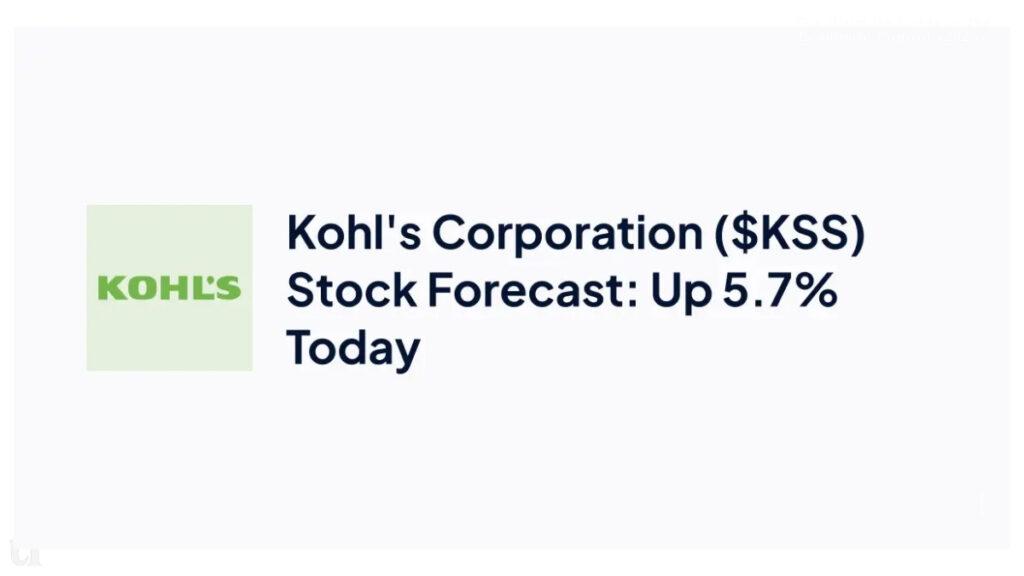
Analyst Ratings & Price Targets
| Firm | Rating | Target Price | Date |
|---|---|---|---|
| Goldman Sachs | Neutral | $7.00 | Jul 2025 |
| JP Morgan | Underweight | $8.00 | May 2025 |
| Telsey Advisory | Market Perform | $9.00 | May 2025 |
| Consensus (13 analysts) | Hold | $6.80 average | Jun 2025 |
Analysts caution that meme-driven rallies decouple price from fundamentals. Their targets sit 15%–35% below current levels.
Valuation vs Peers
| Metric | KSS | Macy’s (M) | Nordstrom (JWN) |
|---|---|---|---|
| P/E (ttm) | 9.6 | 7.8 ≈ | 10.4 ≈ |
| P/B | 0.31 | 0.45 ≈ | 3.0 ≈ |
| EV/EBITDA | 4.9 ≈ | 4.4 ≈ | 5.8 ≈ |
| Dividend Yield | 5.8% | 3.9% ≈ | 4.4% ≈ |
Takeaway: KSS trades at a steep discount on P/B, reflecting doubts about asset quality and earnings durability rather than a hidden bargain.
Pros & Cons of Investing in KSS Stock
| Pros | Cons |
|---|---|
| Deep value multiples & high dividend yield | Sales expected to decline another 5%–7% in 2025 |
| Successful partnerships (Sephora, Amazon Returns) drive traffic | Apparel category remains over-inventoried, pressuring margins |
| Potential upside from any M&A or activist bid | Intense competition from off-price and e-commerce leaders |
| Short-interest squeeze can spark sharp rallies | Analyst targets cluster below current price |
| Real estate ownership offers strategic optionality | Rising credit-card delinquencies could dent private-label revenue |
Case Study: The July 2025 Short Squeeze
On July 22, 2025, kss stock opened at $10.30, surged to an intraday high of $19.60, and closed near $15 after halts for volatility. More than 200 M shares—nearly twice its float—traded hands as retail investors coordinated purchases to trigger margin calls on bearish hedge funds. Within 48 hours the stock round-tripped back toward $11, reminding newcomers that short squeezes can unwind as quickly as they inflate.
Risk Factors to Monitor
- Consumer Spending Slowdown: Apparel has lagged the broader retail rebound, and discretionary budgets remain sensitive to inflation.
- Execution Risk: Closing underperforming stores and revamping merchandising are complex tasks that can disrupt same-store sales if mishandled.
- Margin Compression: Freight, wage inflation, and promotional markdowns could offset any topline gains.
- Interest-Rate Volatility: Higher rates raise borrowing costs for buybacks and refinancing.
- Regulatory Scrutiny: A prolonged meme-stock spotlight could invite SEC questions about trading dynamics and disclosures.
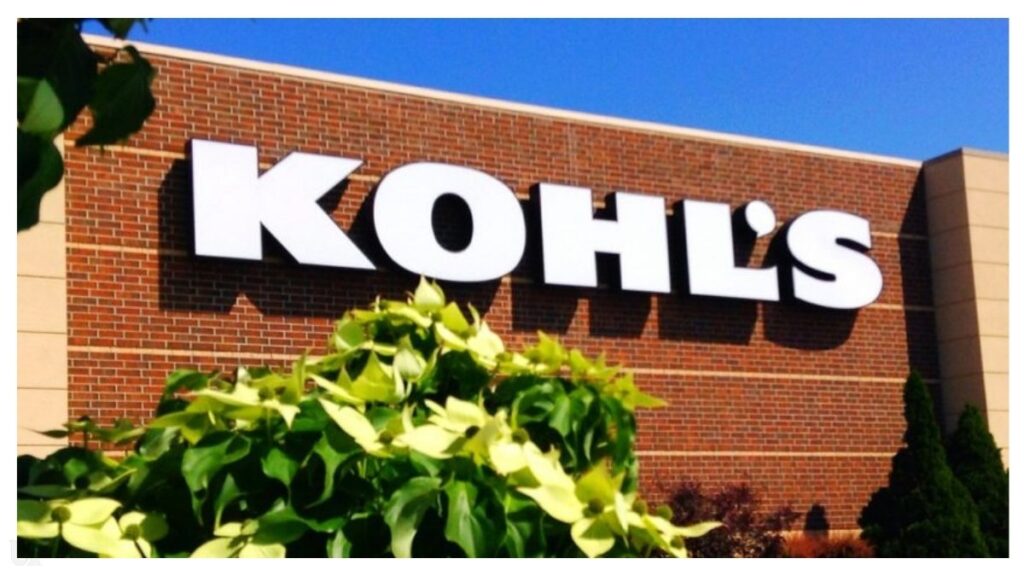
What’s New at Kohl’s in 2025
- Store-Within-Store Expansion: Sephora footprints now cover 1,000 stores, lifting beauty sales mid-single digits YoY, according to management comments in May.
- Small-Format Prototype: A 35,000-sq-ft concept in Kansas tests a curated assortment and enhanced pick-up area.
- AI-Powered Merchandising: Pilot algorithms adjust inventory allocation by ZIP code to cut clearance markdowns.
- Return to Basics: Private-label focus pivots back to everyday essentials after fashion-forward missteps in 2023.
Investment Strategies
1. Deep Value Hold
Investors who believe management can stabilize comps may accumulate below tangible book and collect the dividend. Patience is required, as Wall Street projects only modest EPS in 2026.
2. Swing Trade on Volatility
Options traders can exploit high implied volatility. Selling covered calls or trading iron condors around earnings dates may generate premium income while capping risk.
3. Pair Trade
Go long KSS and short a retail ETF to isolate company-specific catalysts while hedging macro-retail exposure.
Conclusion
The kss stock saga is a tale of conflicting narratives: bargain hunters point to rock-bottom multiples, while skeptics flag structural woes. Your ultimate decision hinges on time horizon and risk appetite. If you can stomach volatility and believe in the turnaround roadmap, a small allocation could pay off handsomely. Otherwise, watching from the sidelines until sales stabilize may be the wiser move.
Frequently Asked Questions
1. Is KSS Stock Undervalued or a Value Trap?
A stock is “undervalued” when its market price trades meaningfully below the intrinsic worth of its cash flows or assets. At 0.31 × book value and 0.07 × sales, kss stock looks undeniably cheap3. Bulls argue that Kohl’s real-estate portfolio alone justifies a higher price, citing prior takeover bids near $60 per share in 2022. Bears counter that department-store assets are notoriously hard to monetize, and appraisal values assume continued retail traffic that may never return. Moreover, sales are forecast to drop 5%–7% this year, limiting earnings leverage. Historically, value traps occur when declining fundamentals offset low multiples, eroding shareholders’ margin of safety. For KSS to re-rate, management must first stabilize comps, grow digital penetration above its current sub-30% mix, and prove Sephora can drive incremental traffic. If that happens, today’s discount could be a gift; if not, the “cheap” label masks a deteriorating business. In short, KSS is undervalued only if management executes its turnaround faster than revenue erodes.
2. How Does Short Interest Affect KSS Stock Volatility?
Short interest refers to the percentage of a stock’s float sold short by investors betting on price declines. With roughly 49% of shares short, KSS ranks among the most shorted U.S. large-caps. High short interest acts like dry tinder: a positive catalyst—strong earnings, takeover rumor, or social-media frenzy—can trigger a buying stampede as shorts rush to cover, inflating price beyond fundamentals. The July 2025 episode where KSS spiked nearly 90% in one session is a textbook illustration. Yet what goes up swiftly can retrace just as fast; when the catalyst fades, longs take profits and shorts re-enter positions, pushing price back down. Traders should monitor short-interest days-to-cover (share count divided by average daily volume) as an early warning of potential squeezes. Long-term investors, meanwhile, must evaluate whether they are comfortable with sudden swings—volatility can be unsettling but does not change business fundamentals.
3. What Role Does the Dividend Play in Kohl’s Investment Thesis?
Kohl’s has paid dividends for 15 straight years, signaling management’s commitment to shareholder returns even amid turbulence. After the 2025 cut to $0.50 annualized, the yield still hovers near 5.8%—far above the S&P 500 average. Income investors value that steady cash, but sustainability hinges on free cash flow. Kohl’s generated $648 M in operating cash last year, but capex needs of $400 M–$425 M could squeeze coverage. If sales decline faster than expected, another dividend cut is plausible. Conversely, a successful turnaround could permit gradual hikes. Investors should also weigh alternative uses of cash: reducing debt or repurchasing shares at depressed prices might offer higher total returns than dividends alone. Ultimately, the payout is attractive but not sacrosanct; thorough due diligence on cash-flow trends is essential before relying on KSS as an income anchor.
4. Can Kohl’s Turn Around Its Sales Decline in the Amazon Era?
Skeptics argue department stores are dinosaurs facing extinction from e-commerce predators. Yet Kohl’s has embraced a hybrid model: in-store Amazon returns, smaller footprints, and store-within-store cosmetics boutiques. Early evidence shows the Sephora partnership lifting average basket size and attracting younger shoppers. Digital sales fell 8.7% in FY 2024, but management claims AI-driven personalization is improving conversion rates. The challenge is executing these initiatives at scale while keeping expenses in check. Competitors like Walmart and Target have already integrated omnichannel logistics, setting a high bar. Success will depend on inventory agility, localized assortments, and experiential store layouts that justify a drive-in visit. If Kohl’s can grow online revenue at a double-digit CAGR and maintain gross margins above 32%, analysts may revisit their cautious stance. Until those metrics materialize, the turnaround remains a work in progress.
